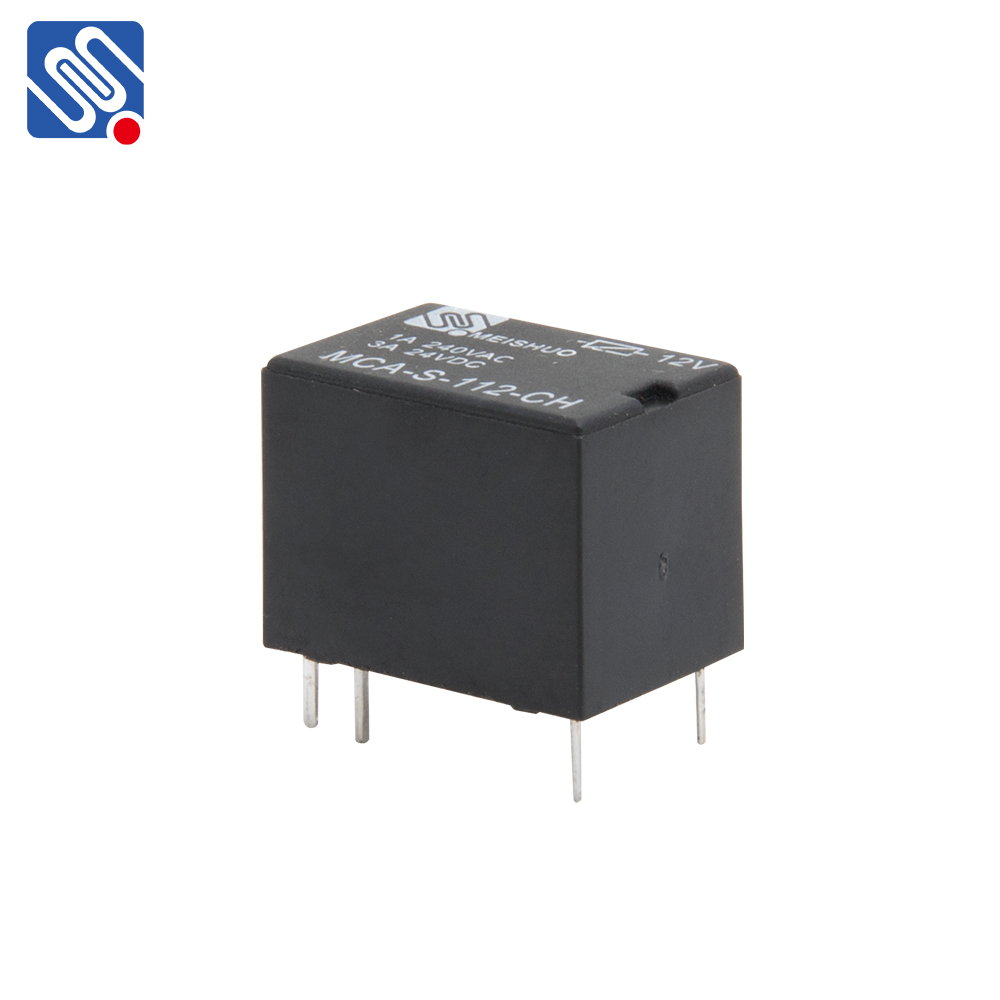Wireless relay technology is rapidly transforming the way we approach communication, extending the reach and improving the reliability of networks. By utilizing intermediate devices or systems that relay information between the source and destination over a wireless channel, wireless relay plays a pivotal role in a variety of applications, including mobile networks, satellite communications, and sensor networks. This article will explore the concept of wireless relay, its different types, benefits, and its evolving role in enhancing communication systems worldwide.

What is a Wireless Relay? At its core, a wireless relay is a device that receives data from a source, amplifies or processes it, and then transmits it to a destination. Unlike traditional point-to-point communication, which directly connects the sender and receiver, a wireless relay adds an intermediary step that allows for increased coverage and extended range. The relay typically uses wireless technologies such as Wi-Fi, Bluetooth, Zigbee, or more advanced systems like LTE and 5G, depending on the specific use case. Wireless relays are often used in challenging environments where direct line-of-sight communication is not feasible. For instance, in urban areas with tall buildings or in remote locations with limited infrastructure, wireless relays ensure continuous connectivity by overcoming obstacles such as physical barriers, interference, or signal attenuation.